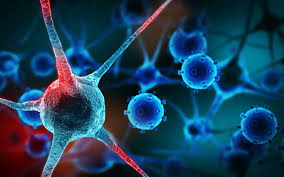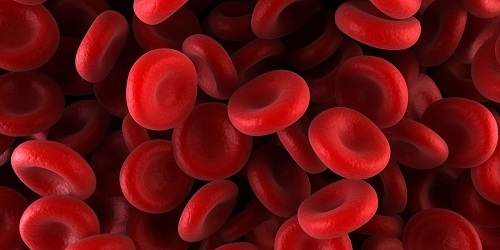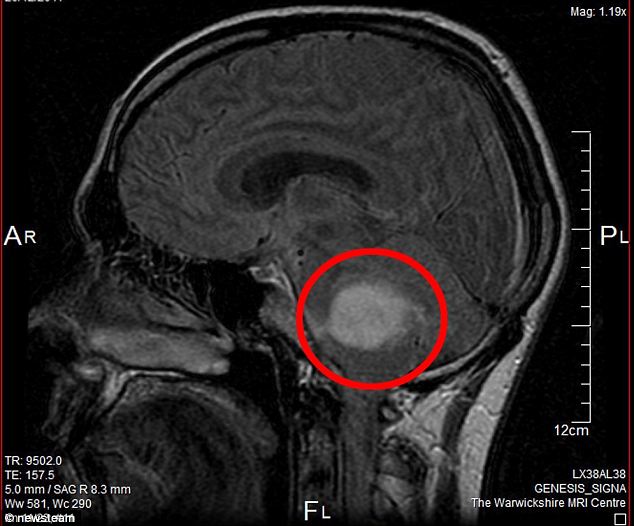eHEALTH BureauA research team at the National Institute of Allergy and Infectious Diseases (NIAID) has developed a way to extract a portion of the surface of HIV that is recognisable to the antibody, known as an epitope, into a computer designed protein scaffold. This could be one way to produce an HIV vaccination, to teach the immune system to recognise certain protein structures on the surface of the HIV virus and produce antibodies that will bind to the structures and neutralise HIV. The scaffold locks the epitope shape recognised by the immune system. The scientists believe that when this epitope is injected into an animal, and eventually a human, it will be recognised by the immune system. The immune system will make antibodies against it. These antibodies could serves as an army ready to attack the virus from invading the body. To demonstrate this scaffolding technique, the scientists applied it to a shape-changing epitope on the surface of HIV that is recognised by an HIV-neutralising antibody known as 2F5. The epitope is a helical or spiral shape when removed from the surface of HIV, but the 2F5 antibody-recognisable version of this epitope has an irregular, kinked shape. The scientists placed copies of the kinked epitope into scaffolds that locked it in that form. Then the researchers injected these scaffold-bound epitopes into guinea pigs. The animals’ immune systems made antibodies very similar to 2F5 that bound tightly to the epitope. This study demonstrates that the making of protein scaffolds can be a potentially useful approach in vaccine design. The NIAID researchers are continuing to refine this technique and apply it to the design of vaccines for HIV/AIDS as well as other infectious diseases.

Be a part of Elets Collaborative Initiatives. Join Us for Upcoming Events and explore business opportunities. Like us on Facebook , connect with us on LinkedIn and follow us on Twitter , Instagram.












